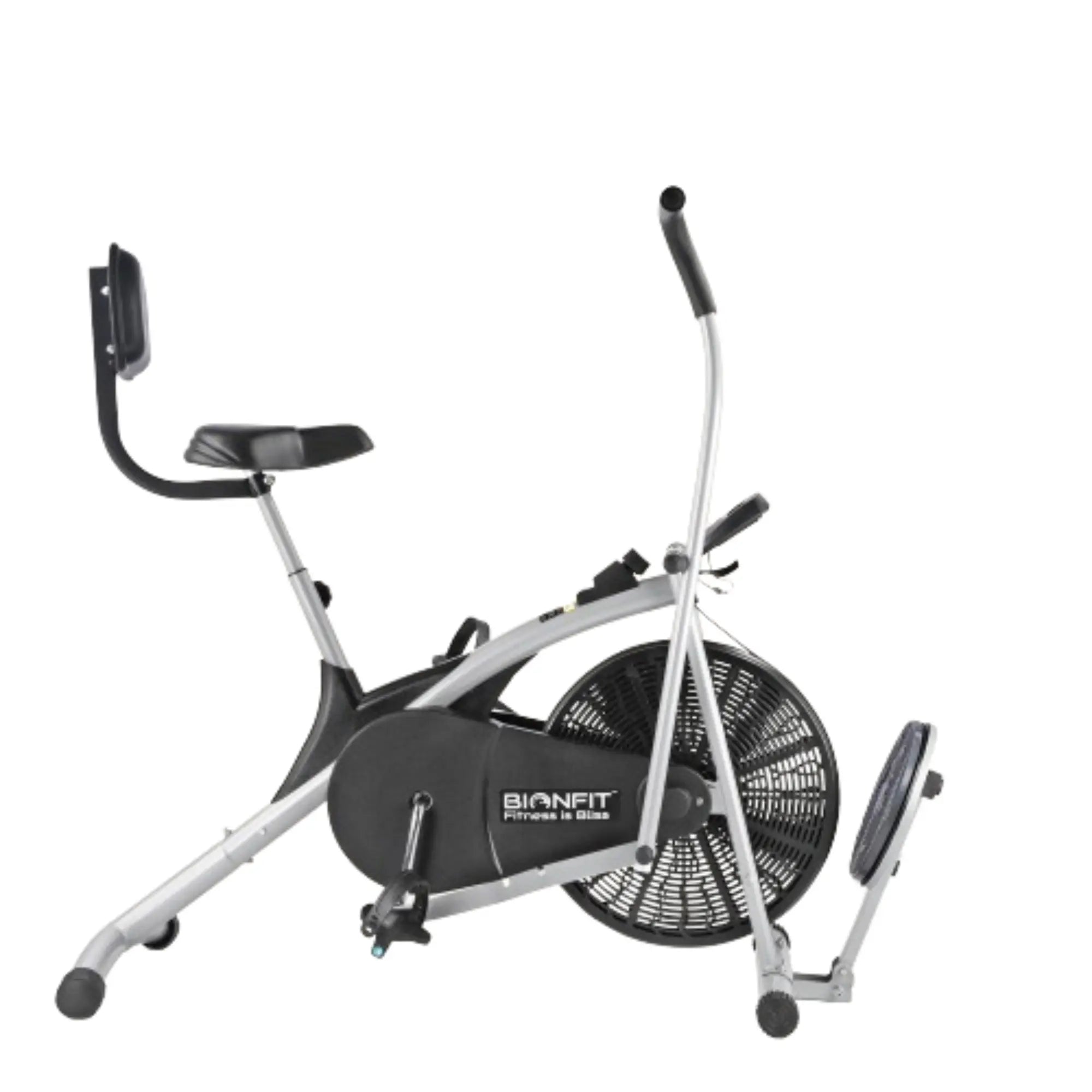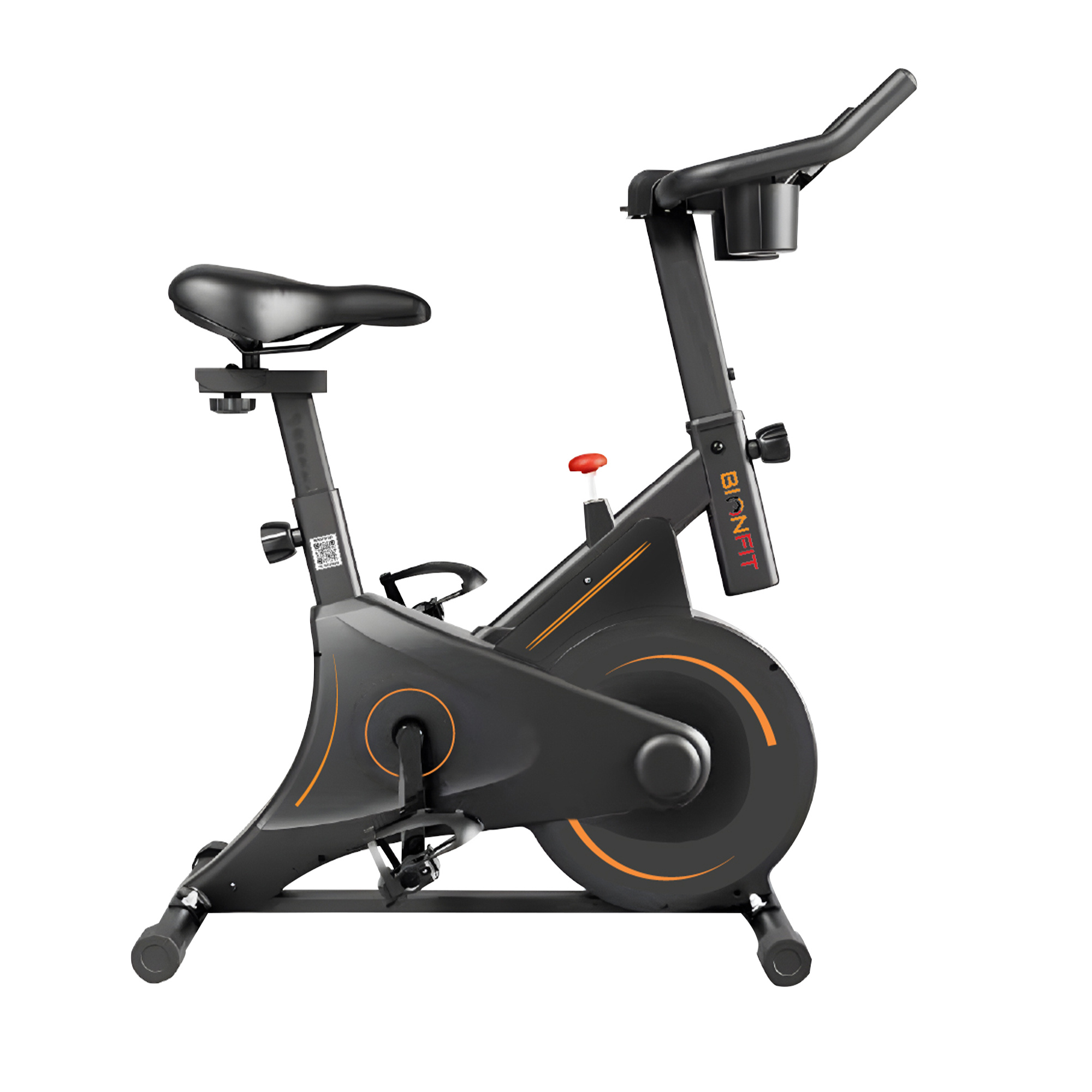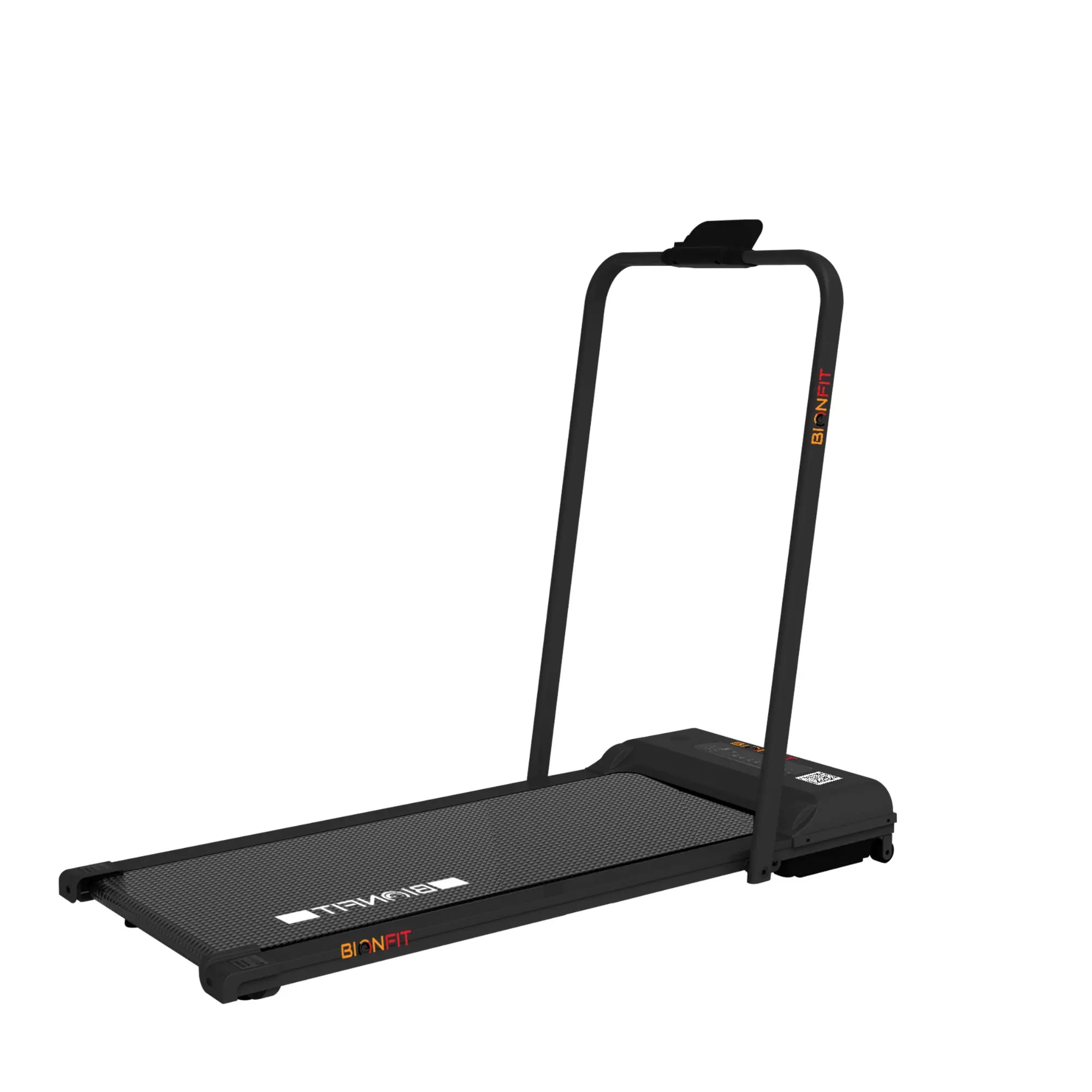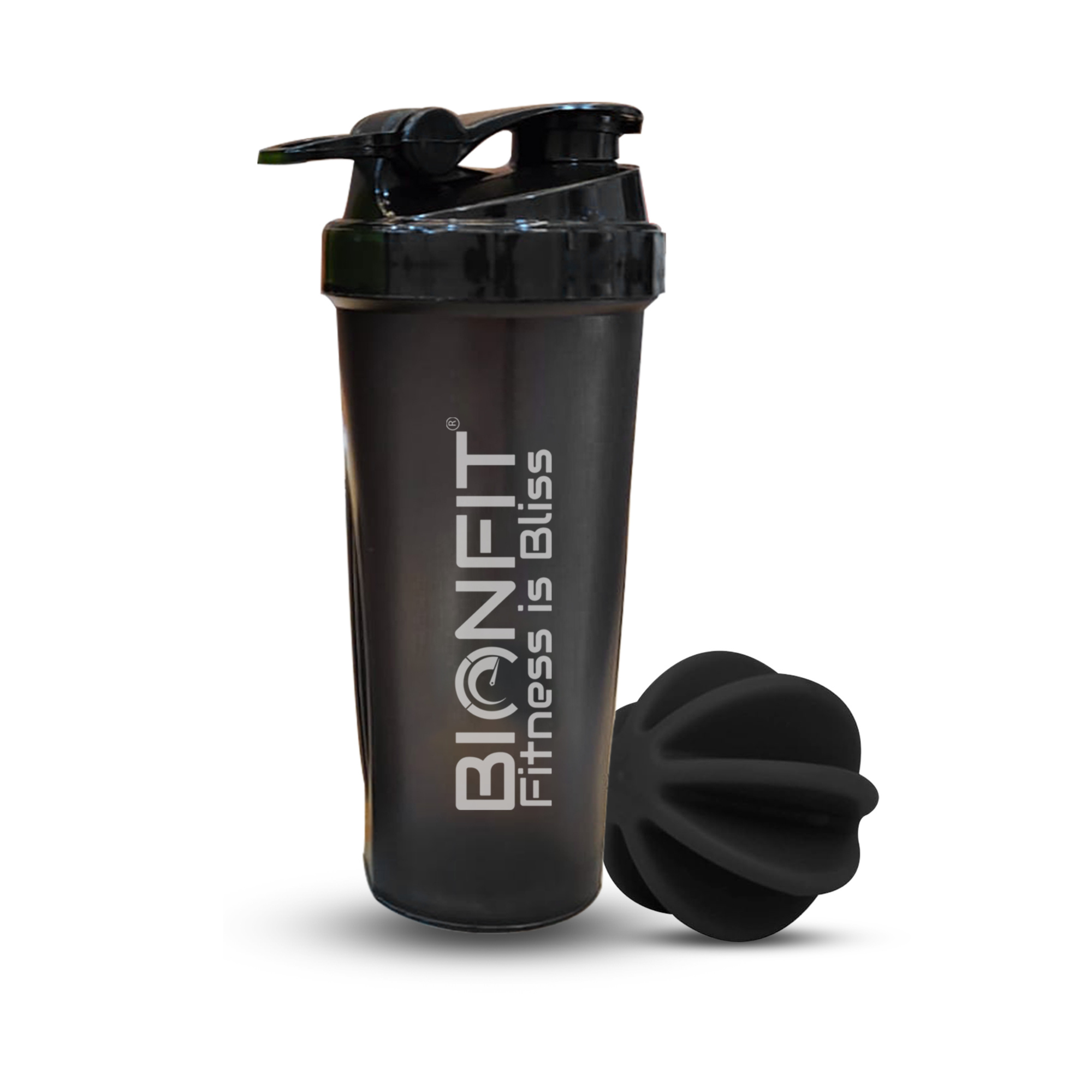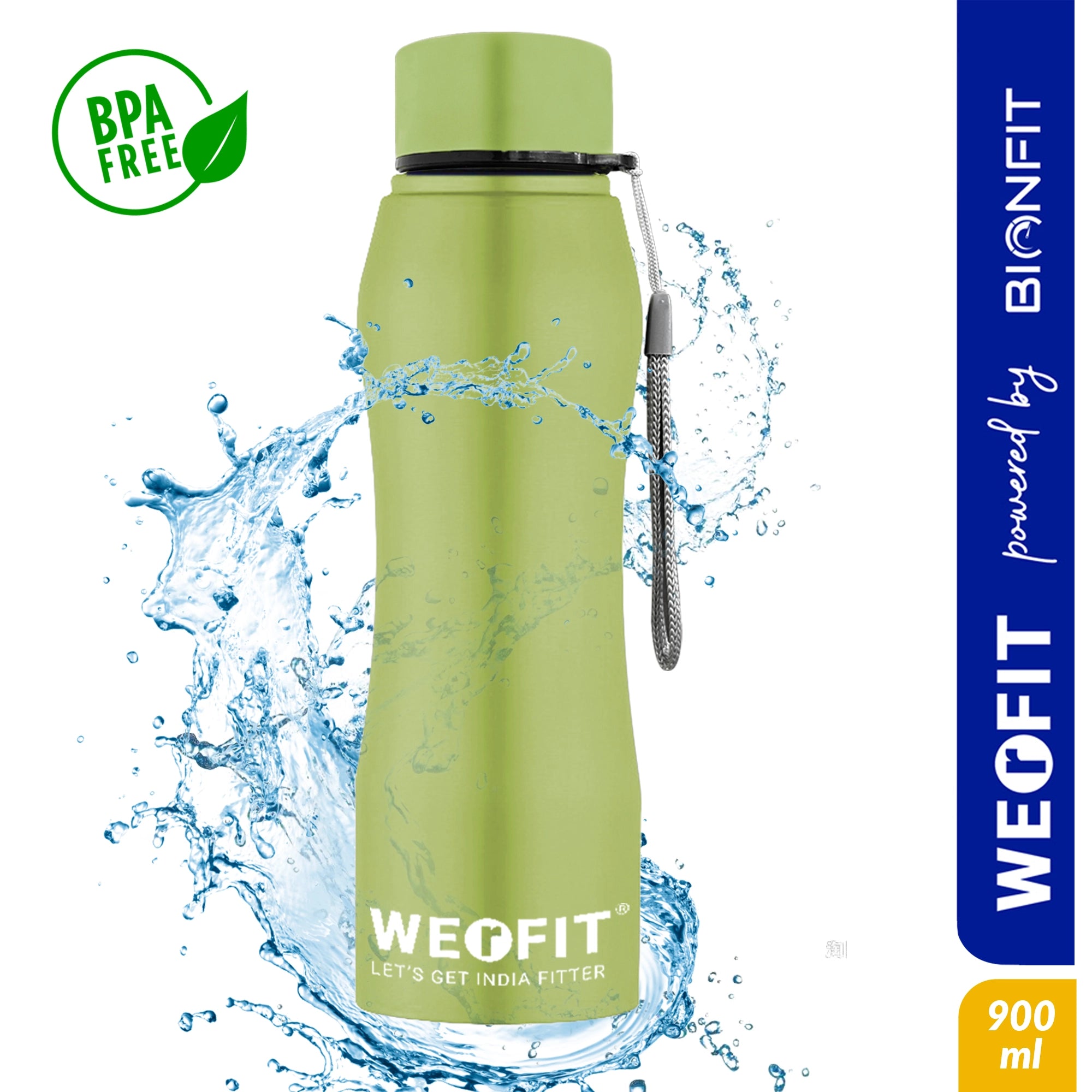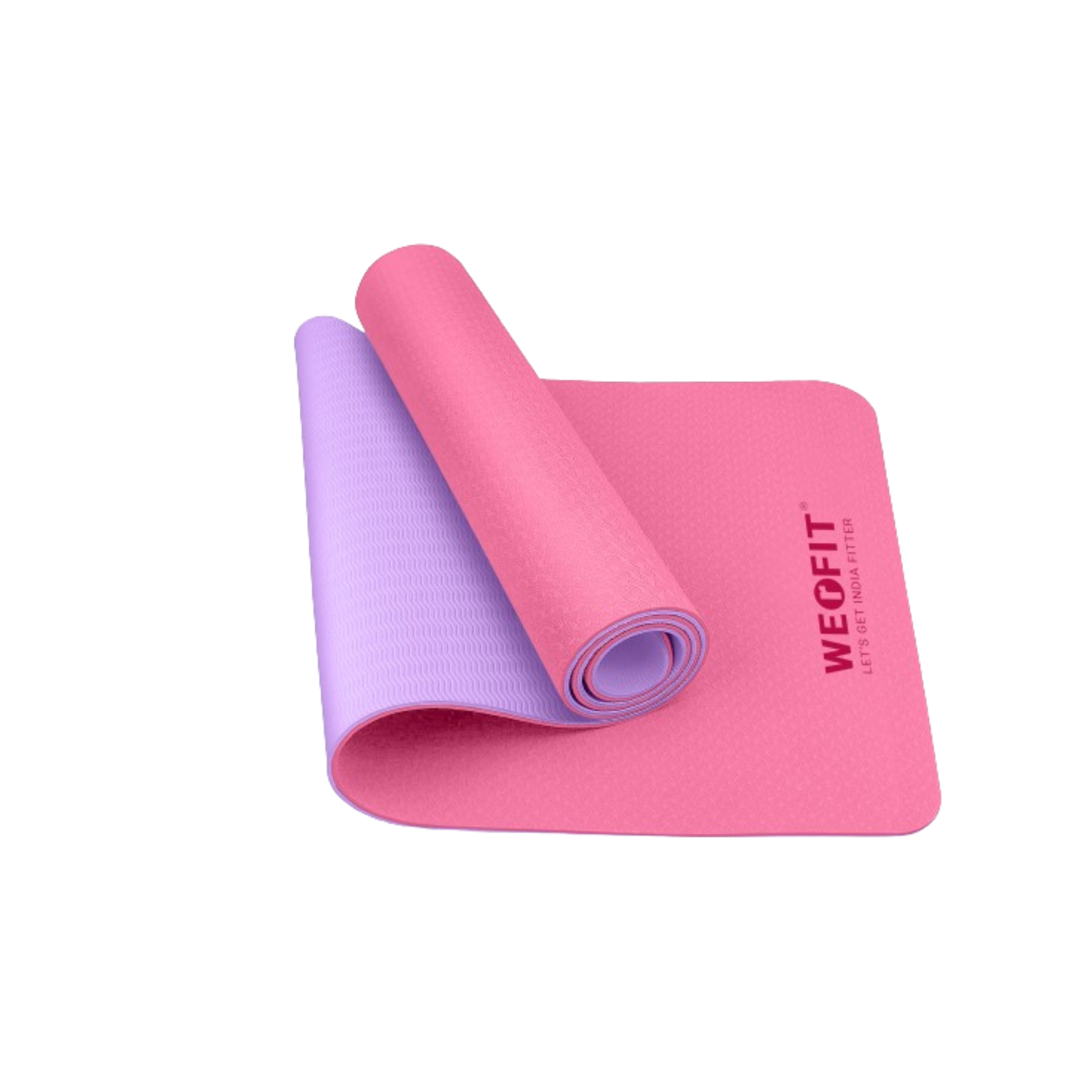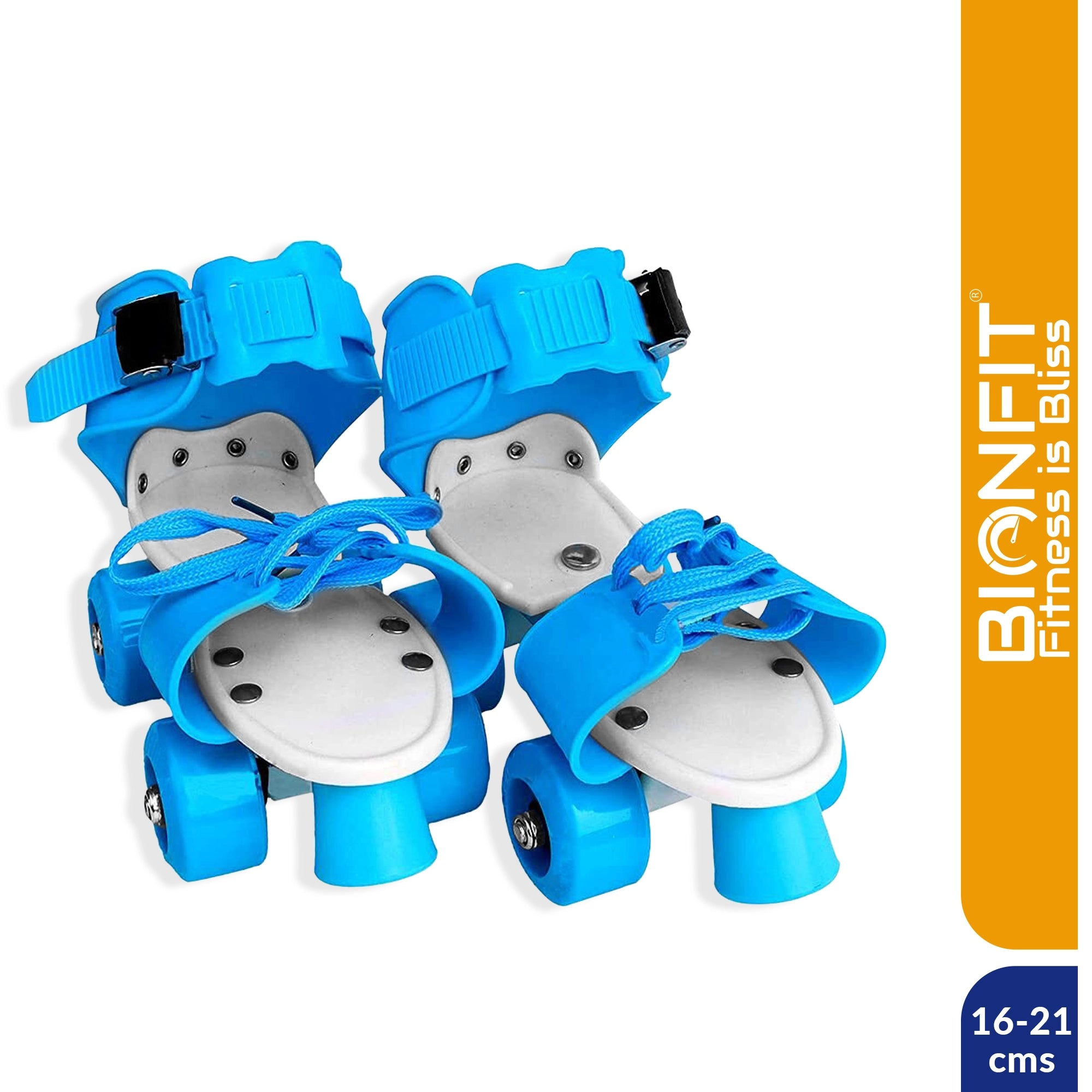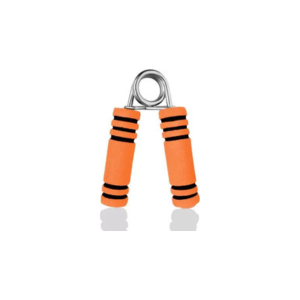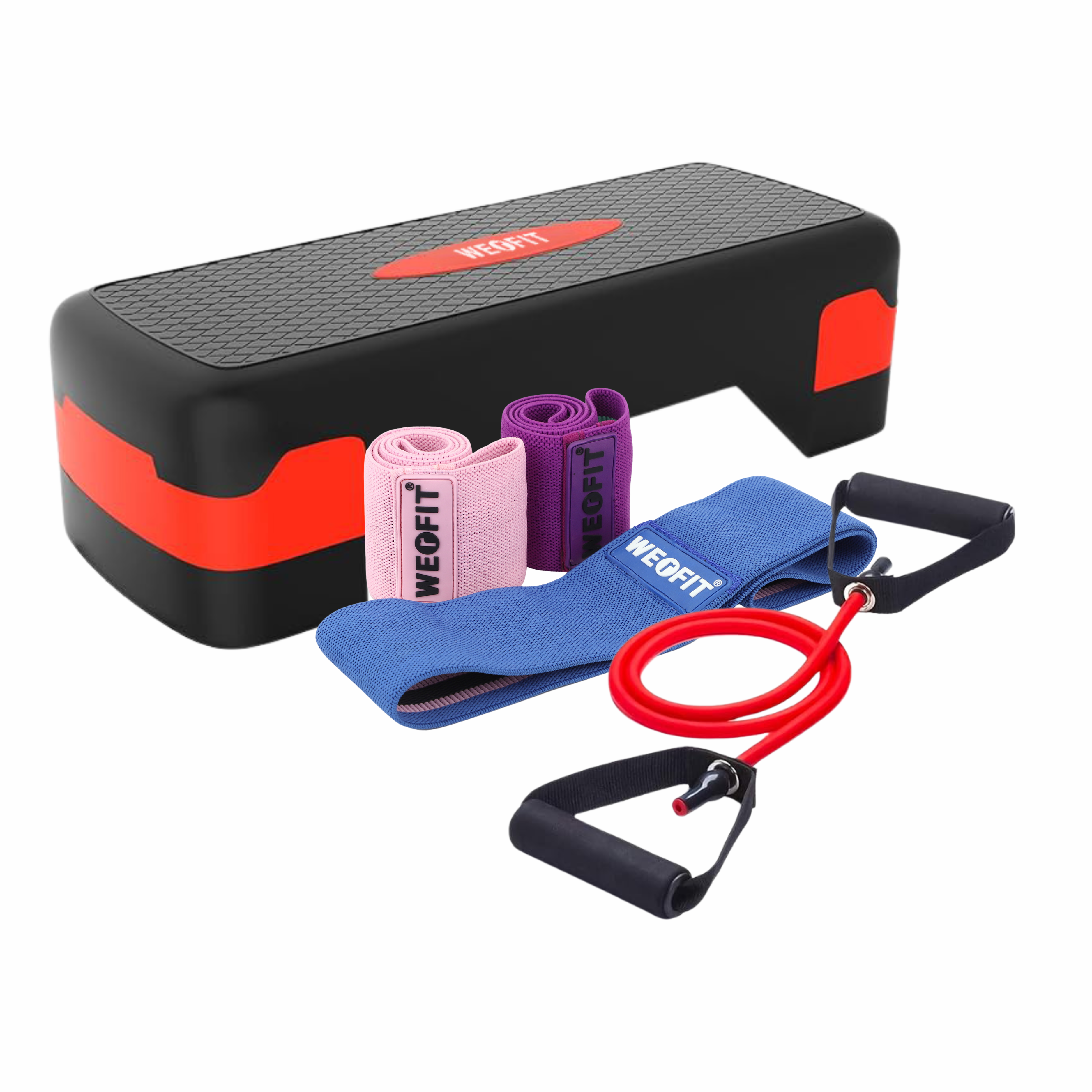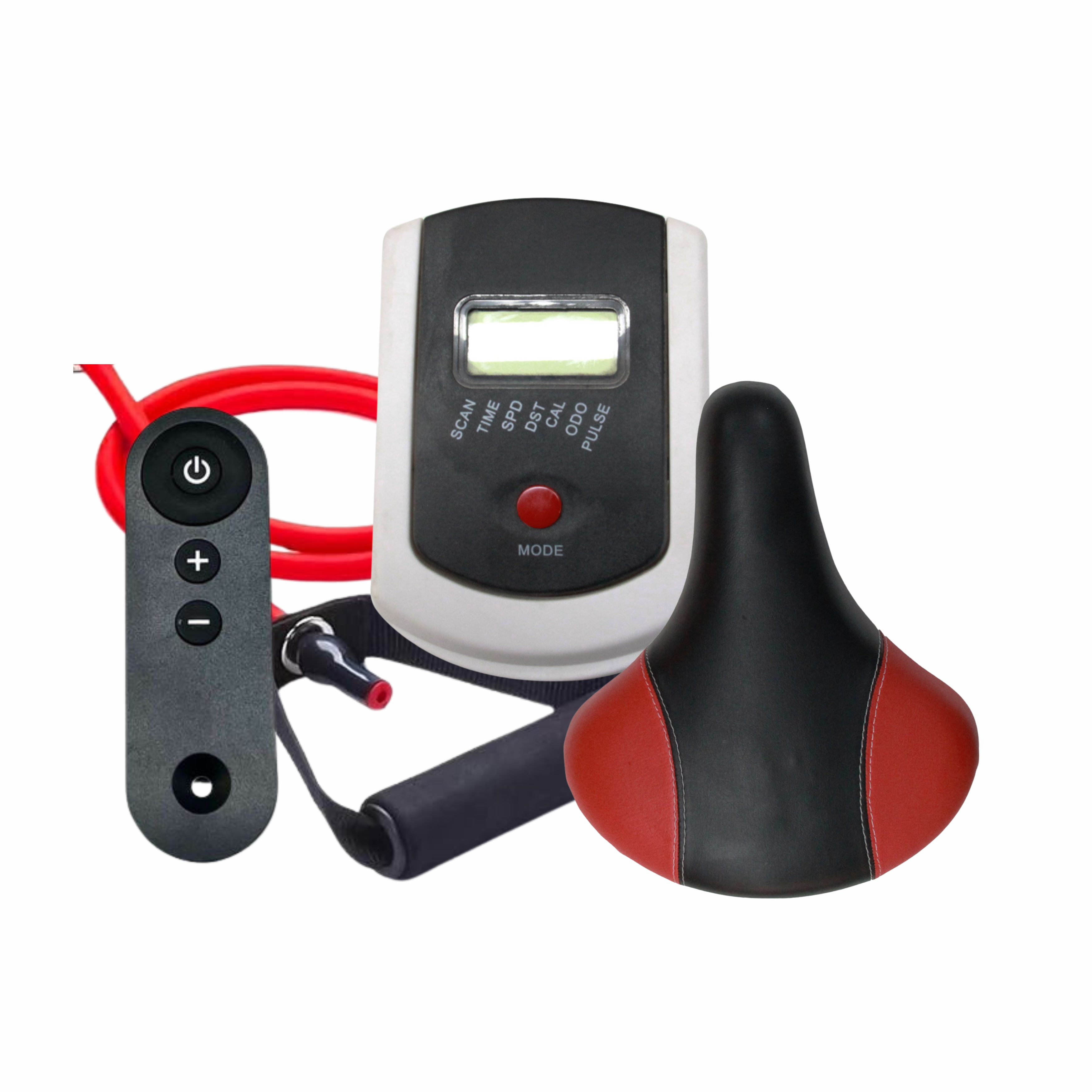
Exercise Bike Maintenance: Keeping Your Bionfit in Top Condition
Maintaining your exercise bike is essential to ensure it runs smoothly and lasts a long time. This is especially true for Bionfit bikes, which are designed to provide a high-quality workout experience. Regular maintenance not only keeps your bike in top condition but also ensures a safer and more effective workout. Let's dive into the details of how you can keep your Bionfit exercise bike performing at its best.
Understanding Your Bionfit Bike
Before we jump into the maintenance tips, it's important to understand the basic components of your Bionfit exercise bike. These bikes typically include a frame, pedals, handlebars, a seat, resistance mechanisms, and a display console. Knowing these parts will help you identify and address any issues that may arise.
Components of a Bionfit Exercise Bike
- Frame: The backbone of the bike, providing structure and stability.
- Pedals: Where your feet go; connected to the crank and flywheel.
- Handlebars: For stability and support during your workout.
- Seat: Adjustable for comfort and proper posture.
- Resistance Mechanism: Controls the intensity of your workout.
- Display Console: Shows your workout stats like time, distance, and calories burned.
Common Issues with Exercise Bikes
- Loose or squeaky pedals
- Worn-out resistance mechanisms
- Display console malfunctions
- Unstable base
Daily Maintenance Tips
Taking a few minutes to care for your exercise bike after each use can prevent many common issues.
Wiping Down After Use
Sweat can cause corrosion over time. Use a soft, damp cloth to wipe down the frame, handlebars, and seat after each workout.
Checking for Loose Parts
Give your bike a quick once-over to ensure there are no loose bolts or screws. This can prevent minor issues from becoming major problems.
Weekly Maintenance Routine
A more thorough check-up once a week can keep your Bionfit bike running smoothly.
Inspecting the Frame and Pedals
Look for any signs of wear or damage. Tighten any loose bolts and make sure the pedals spin freely without wobbling.
Lubricating Moving Parts
Apply a suitable lubricant to the moving parts, especially the chain and flywheel. This reduces friction and prevents wear and tear.
Monthly Maintenance Checklist
Once a month, take the time to do a detailed inspection of your bike.
Checking Tension and Resistance
Test the resistance levels to ensure they are working correctly. Adjust the tension as needed to maintain a consistent workout intensity.
Inspecting Cables and Connections
Check all cables and connections for signs of wear or fraying. Replace any damaged cables to ensure the bike operates safely.
Quarterly Deep Clean
Every few months, give your bike a deep clean to keep it in top condition.
Cleaning Hard-to-Reach Areas
Use a small brush to clean dust and dirt from areas that are hard to reach, like the flywheel and resistance mechanism.
Detailed Inspection of All Parts
Inspect all parts thoroughly for any signs of damage or excessive wear. This includes the seat, handlebars, pedals, and frame.
Annual Professional Servicing
While regular DIY maintenance is crucial, having your bike professionally serviced once a year can make a big difference.
Benefits of Professional Maintenance
Professionals have the expertise and tools to perform a comprehensive check-up, ensuring all components are in optimal condition.
What to Expect During a Professional Service
A professional service typically includes cleaning, lubrication, adjustment of parts, and a thorough inspection of the bike’s mechanics and electronics.
Common Problems and Solutions
Even with regular maintenance, you might encounter some common issues. Here's how to fix them.
Squeaky Pedals
Apply lubricant to the pedal joints and ensure they are tightly secured.
Unstable Base
Check the leveling feet and adjust them to stabilize the bike. Tighten any loose bolts on the frame.
Display Issues
Ensure the console connections are secure. Replace batteries if needed, or consult the user manual for troubleshooting tips.
Upgrading Parts and Accessories
Sometimes, replacing parts or adding accessories can enhance your workout experience.
When to Replace Parts
If you notice any parts that are excessively worn or damaged, it's time to replace them. This includes pedals, seat cushions, and resistance mechanisms.
Recommended Accessories
Consider adding accessories like a mat to protect your floor, a tablet holder for entertainment, or upgraded pedals for better performance.
Maintaining the Bike’s Appearance
Keeping your bike looking new can be just as important as maintaining its functionality.
Keeping the Bike Looking New
Regularly clean the bike with a gentle cleaner. Avoid harsh chemicals that can damage the paint or plastic parts.
Protecting Against Rust and Corrosion
Wipe down the bike after each use to prevent sweat from causing rust. Apply a protective coating to metal parts if necessary.
Safety Tips
Ensuring your bike is safe to use is a crucial aspect of maintenance.
Ensuring Safe Operation
Regularly check that all parts are securely fastened and that the bike is stable during use.
Childproofing Your Exercise Area
If you have children, make sure your exercise area is safe. Keep the bike out of reach when not in use and ensure it is stable and secure.
Storing Your Exercise Bike
Proper storage can prevent damage when the bike is not in use.
Best Practices for Storage
Store the bike in a dry, cool place. Cover it with a cloth to protect it from dust and moisture.
Seasonal Storage Tips
If you need to store the bike for an extended period, ensure it is clean and dry. Consider disassembling it partially to save space.
Benefits of Regular Maintenance
Maintaining your exercise bike regularly offers numerous benefits.
Prolonging the Life of Your Bike
Regular maintenance can extend the lifespan of your bike, saving you money in the long run.
Enhancing Workout Efficiency
A well-maintained bike operates smoothly and provides a more effective workout experience.
DIY vs. Professional Maintenance
Both DIY and professional maintenance have their pros and cons.
Pros and Cons of DIY Maintenance
DIY maintenance is cost-effective and convenient, but it requires some knowledge and effort.
When to Call a Professional
If you encounter a problem that you can't fix, or if it's time for an annual check-up, it's best to call a professional.
Conclusion
Regular maintenance of your Bionfit exercise bike is crucial for ensuring it remains in top condition. From daily wipe-downs to annual professional servicing, every step you take to care for your bike contributes to a better, safer workout experience. By following these tips, you can keep your Bionfit bike running smoothly for years to come.
FAQs
How Often Should I Lubricate My Bionfit Bike?
- It's best to lubricate the moving parts of your bike once a week to ensure smooth operation and prevent wear and tear.
What Cleaning Products Are Safe to Use?
- Use a mild detergent or a specialized fitness equipment cleaner. Avoid harsh chemicals that could damage the bike's surfaces.
How Do I Fix a Noisy Bike?
- Identify the source of the noise, usually caused by loose or dry parts. Tighten bolts and apply lubricant where necessary.
Can I Perform All Maintenance Myself?
- While regular maintenance can be done at home, it's advisable to have a professional service your bike annually to catch any issues you might miss.
Where Can I Find Replacement Parts?
- Replacement parts can often be found through the manufacturer's website or authorized dealers. Always use genuine parts to ensure compatibility and performance.
Follow us for more updates.

